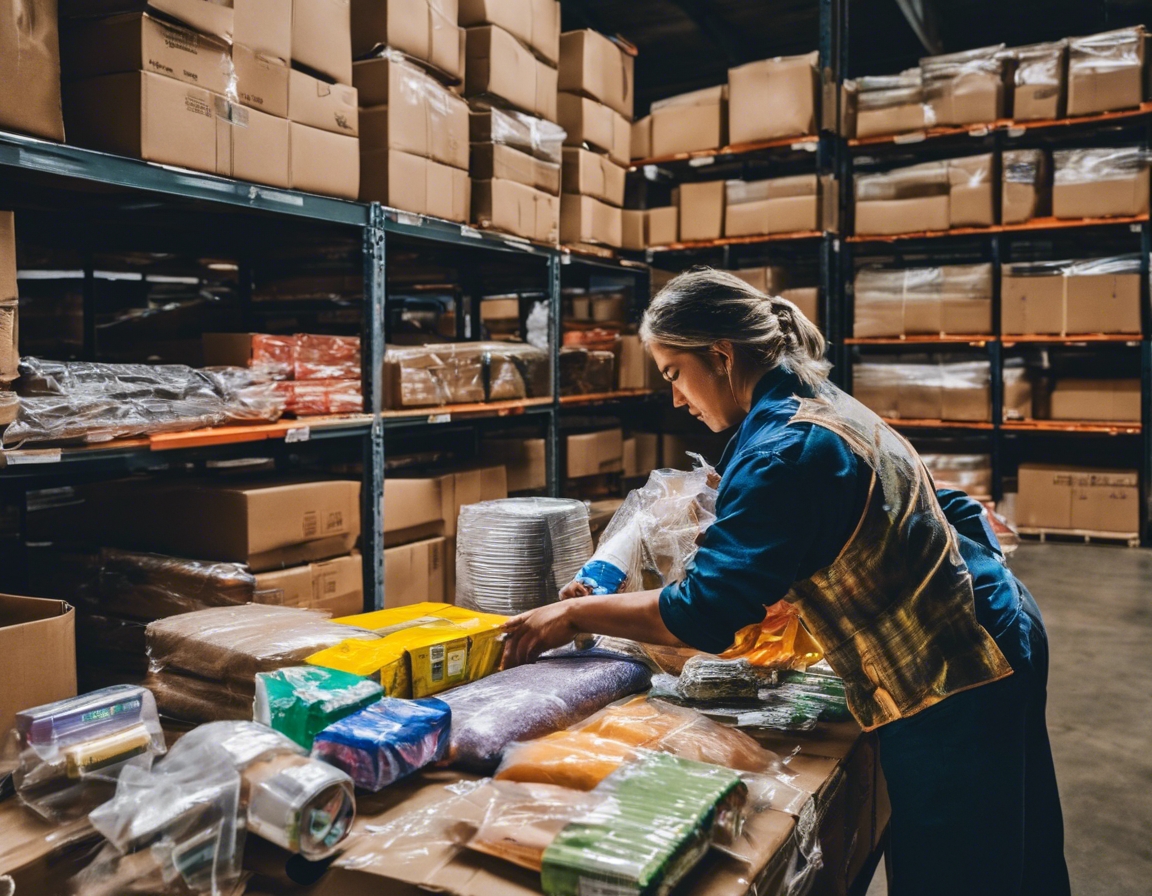5 ways to optimize your e-commerce fulfillment
As the e-commerce landscape continues to evolve, the efficiency of your fulfillment process becomes increasingly critical to your business's success. Optimizing your e-commerce fulfillment can lead to improved customer satisfaction, reduced operational costs, and a stronger competitive edge. In this post, we'll explore five key strategies to enhance your fulfillment operations.
Understanding E-Commerce Fulfillment
Efficient fulfillment is the backbone of a successful e-commerce business. It ensures that orders are processed, packed, and shipped promptly and accurately, leading to happy customers and repeat business.
E-commerce businesses face various challenges, including managing inventory, handling peak season demands, and providing a personalized customer experience. Overcoming these challenges is essential for maintaining a smooth operation.
1. Streamline Your Inventory Management
Real-time inventory tracking allows for immediate visibility into stock levels, reducing the risk of overselling and stockouts. This can be achieved through advanced inventory management systems that integrate with your e-commerce platform.
Predictive analytics can help anticipate demand and optimize stock levels, ensuring you have the right products available when your customers need them.
2. Enhance Your Warehouse Operations
Investing in smart warehouse technologies, such as robotics and automated storage and retrieval systems (AS/RS), can significantly increase efficiency and accuracy in your warehouse operations.
An optimized warehouse layout that streamlines picking and packing processes can reduce handling times and errors, leading to faster order fulfillment.
3. Integrate Seamless Technology Solutions
Selecting an e-commerce platform that integrates seamlessly with your fulfillment systems is crucial for automating order processing and reducing manual errors.
Automation tools can help streamline order processing, from payment and address verification to printing shipping labels, saving time and reducing the potential for human error.
4. Focus on Customer Experience
Providing a variety of shipping options caters to different customer preferences and can be a deciding factor for shoppers. This includes offering expedited shipping, standard delivery, and cost-effective options.
Transparent communication regarding order status and tracking information is vital for a positive customer experience. Automated notifications and a user-friendly tracking system are key components.
5. Scale Your Fulfillment with Third-Party Logistics (3PL)
Partnering with a third-party logistics provider can help you scale your operations, access advanced technologies, and manage fluctuating demand without significant capital investment.
Choosing the right 3PL partner involves evaluating their technology integration capabilities, scalability, reliability, and their ability to provide a personalized service that aligns with your brand's values.






Comments (0)